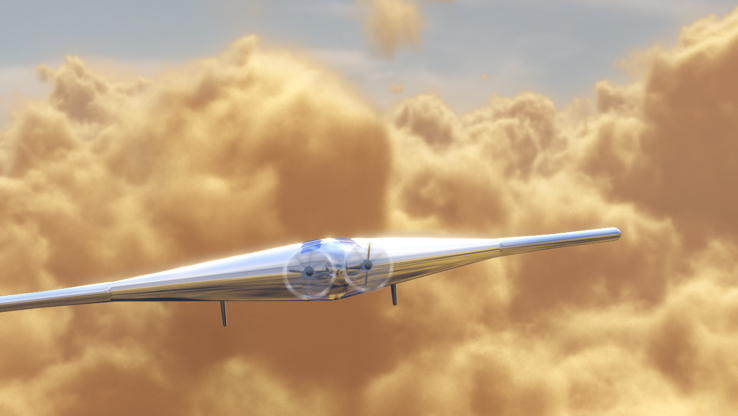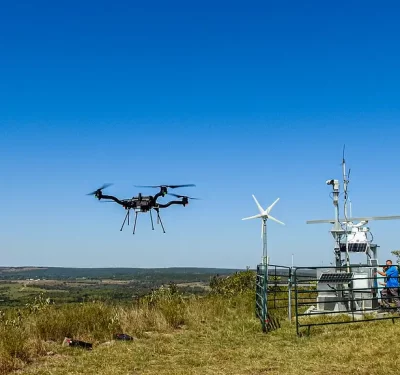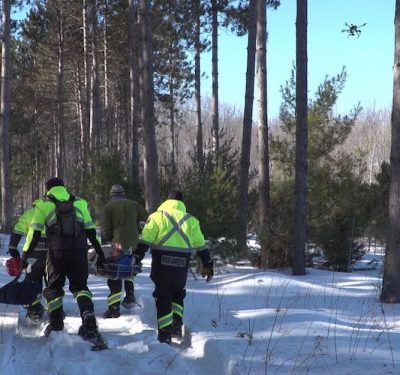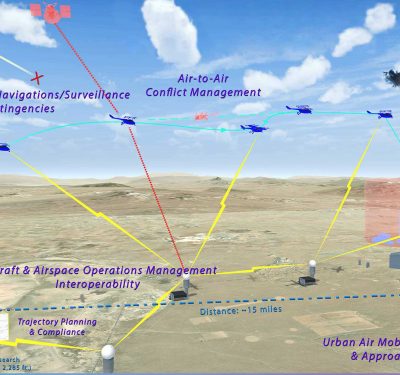
Artist’s concept of the Venus Atmospheric Maneuverable Platform (VAMP) flying through the thick clouds surrounding Venus. A delta-wing shaped inflatable air vehicle with a 55 meter wing span, VAMP bears a strong resemblance to the Northrop Grumman-designed Flying Wing, B-2 Spirit and X-47B air vehicles. VAMP will cruise through the atmosphere some 32 to 42 miles above the surface, gathering data for about a year. Northrop Grumman
Northrop Grumman wants to develop a lighter-than-air vehicle to gather atmospheric data as it explores the Venus environment. To help them make this a reality, the company recently formed a scientific advisory board to guide its efforts to develop the Venus Atmospheric Maneuverable Platform, or VAMP.
VAMP is described as the first application for the Lifting Entry/Atmospheric Flight, or LEAF, family of vehicles, according to a news release. These vehicles would be designed to work as atmospheric rovers capable of visiting any solar system body with an atmosphere, including Venus, Mars, Earth and the moon Titan.
The large, light, inflatable/deployable vehicle would have the ability to coast through Venus’ clouds at altitudes between 52 and 68 kilometers, according to the release, using solar-powered propellers to move through Venus while collecting scientific data. The vehicle will float like a leaf into the atmosphere, where it could operate for more than a year.
The new advisory board is made up of prominent European and American planetary scientists, according to the release, from various research and academic institutions. Board members will help define science goals and measurement requirements. They’ll help identify possible instruments for future missions, as well as study and analyze existing data about Venus that may be helpful to the VAMP development team.
“The board is a community-based, interdisciplinary science forum that the VAMP development team may interact with, ask questions of and request analyses to help resolve design and performance issues during these early stages of the mission’s development,” said Ronald Polidan, Northrop Grumman Aerospace Systems VAMP Project Scientist, according to the release. “They will be incredibly helpful in designing the vehicle for maximum science data collection.”
Visit northropgrumman.com for more information.






